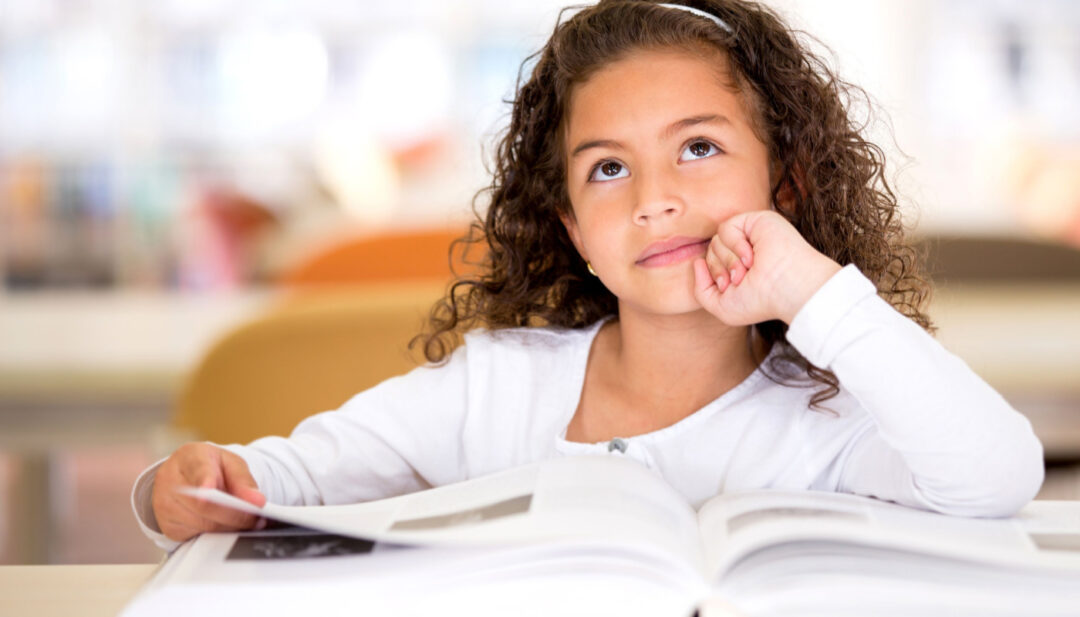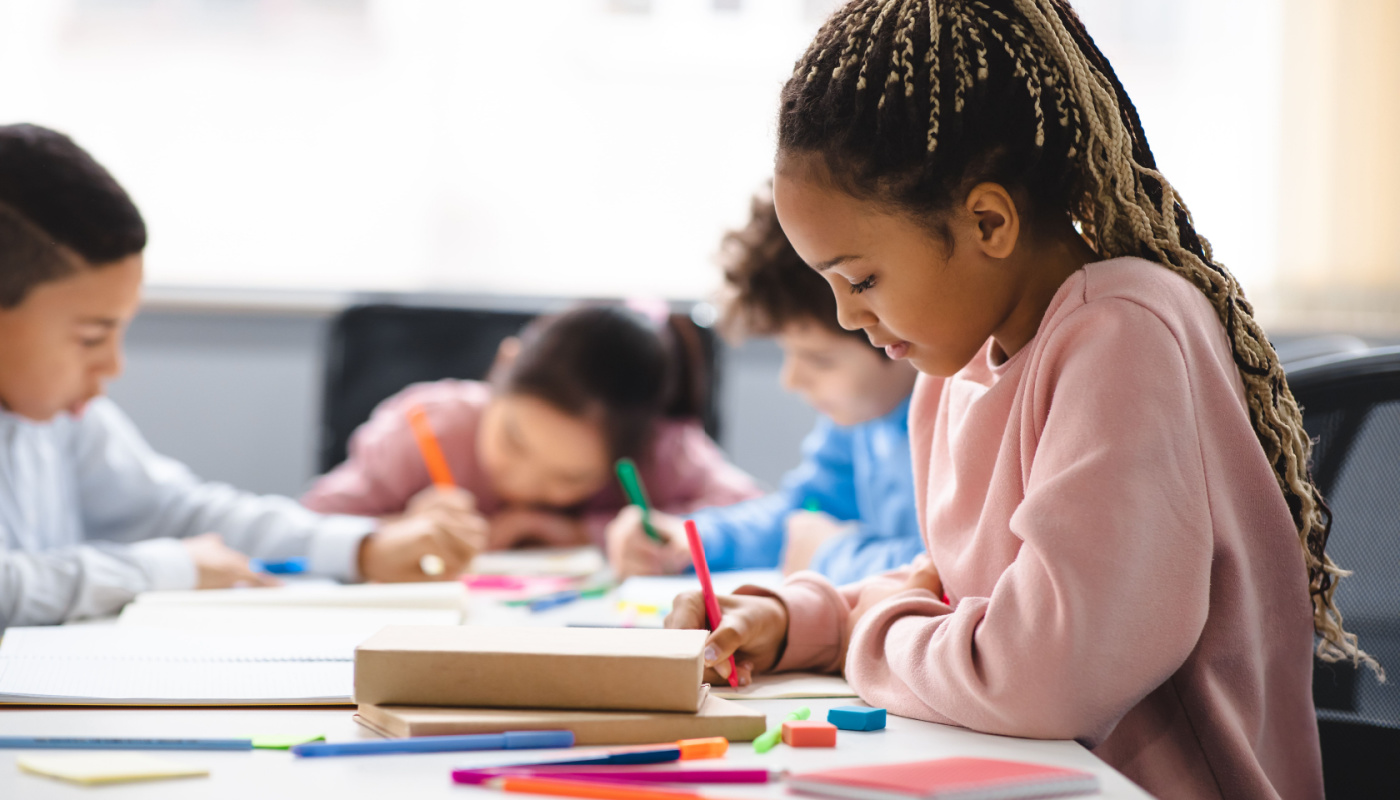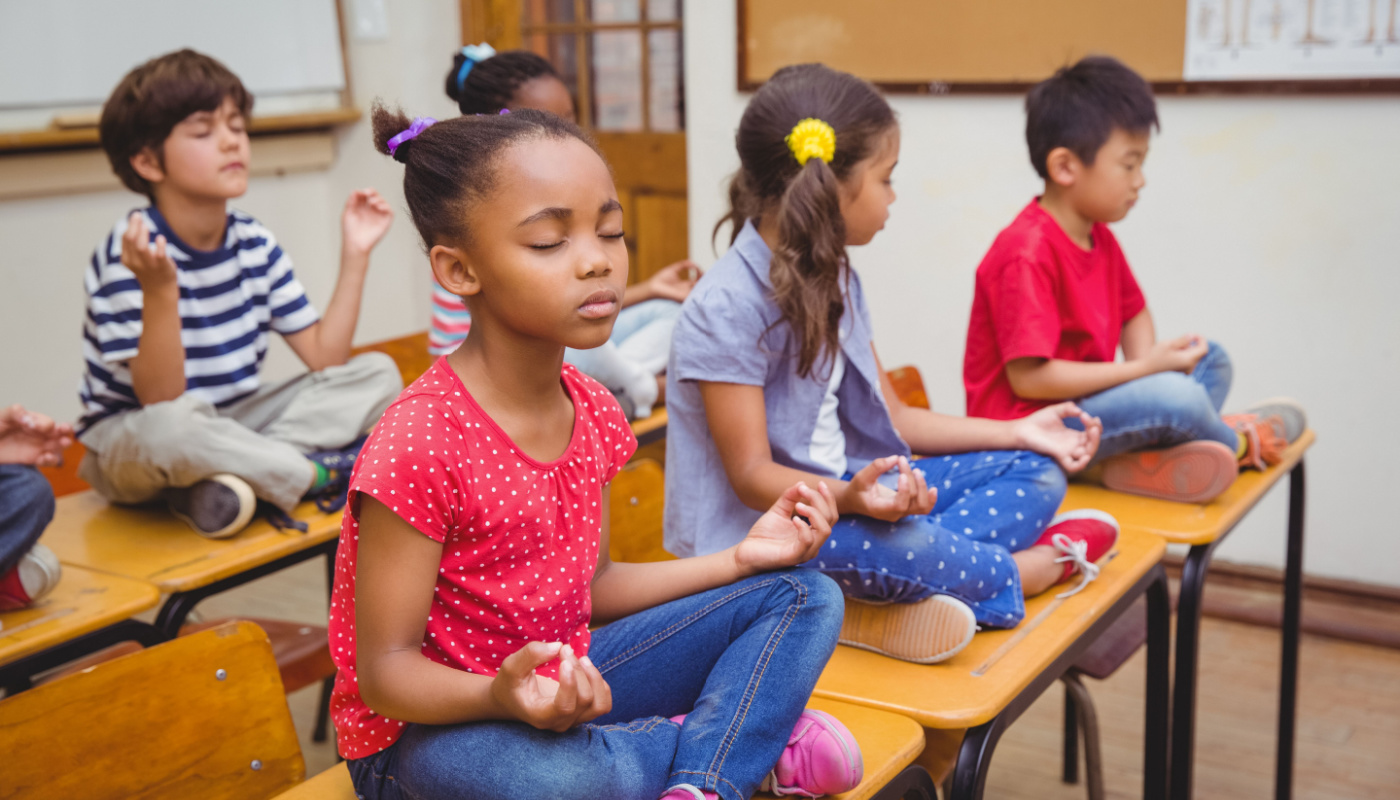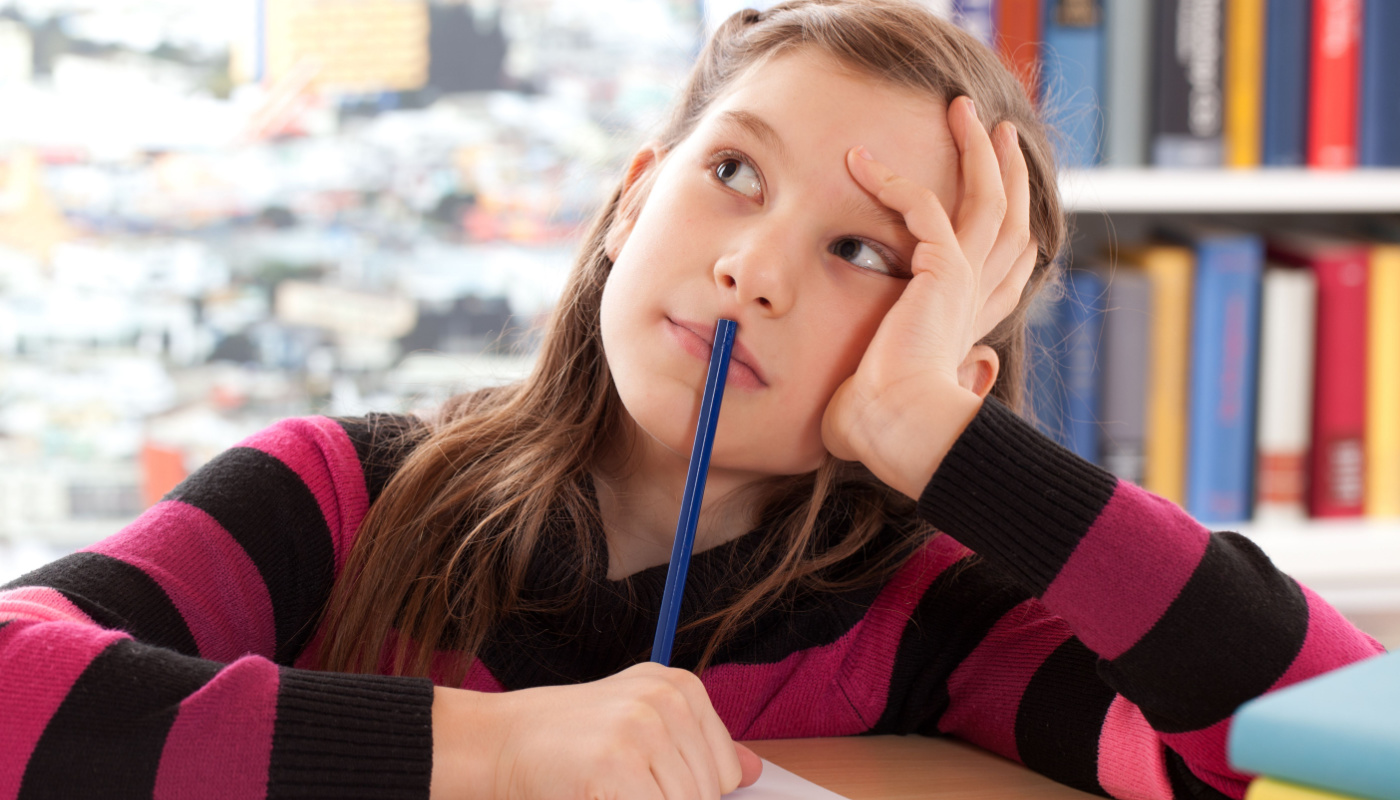
Teachers have to stick to a tight curriculum packed with topics, assignments, and exams. Time for reflection doesn’t seem possible when an inclement weather day has put everyone a class behind, and a school assembly took away more time. Even when students need to review certain topics, teachers lose more days to cover key materials. Just keeping up with the curriculum can become overwhelming.
And while it might seem counterintuitive to slow down when you have to keep to a tight schedule, building time for reflection can actually help your students retain more of the material and prepare them to gain advanced knowledge. Reflection can also boost emotional intelligence and make learning more enjoyable.
Get to know the why and how behind adding reflection activities to the classroom.
The Benefits of Sharing Reflection Best Practices
Before you can dive into journaling activities and quiet spaces, it’s important to understand the benefits of reflection. Consider a few of the benefits of this practice and why you might want to implement it into your day-to-day student activities.
Rae Jacobson, writer and former senior editor for the Child Mind Institute, says reflection is a form of metacognition. “Metacognition is a big word for something most of us do every day without even noticing,” she writes. “Reflecting on our own thoughts is how we gain insight into our feelings, needs, and behaviors — and how we learn, manage, and adapt to new experiences, challenges, and emotional setbacks.”
Essentially, metacognition is thinking about our thinking. Jacobson uses the example of a student who feels anxious about a math test. Deeper reflection would allow them to realize that they don’t feel confident in the material or that the pressure that tests put on them causes anxiety. These thoughts are more concrete and actionable than the feelings. When communicated, the teacher can reduce the student’s anxiety by reviewing the material or teaching the student healthy strategies of how to approach tests.
“By reflecting on their own feelings, children can learn to identify and express their emotions in healthy ways and to understand and respond appropriately to the emotions of others,” says Kellan Sanchez at My Good Brain. “This can help them build stronger relationships, and cope better with the challenges of growing up.”
These reflections also help teachers. Think about a student who doesn’t understand the material in your classroom. You might notice that they are quiet or disengaged, but not know why. It could be that the material is confusing or that there is a problem at home that is distracting them. When students have time to reflect and share their feelings, you can better understand their reactions in the classroom.
“Self-reflection activities are not just focused on the negative perspective,” writes the team at the OT Toolbox. “There is positive self-reflection also. What did you do well that you need to encourage yourself to keep doing? What did you learn that will be a great asset to your skillset?”
When students feel rushed, they often get overwhelmed by the classroom experience. Reflections — even brief moments of thought — can give kids permission to celebrate what they’ve learned and how they’ve grown through the school year.
How to Reflect — Regardless of the Format
You can teach students how to reflect effectively no matter what grade you teach. There are processes they can follow whether your students are in kindergarten or preparing for college.
The team at Let’s Go to College California have actionable steps for reflecting that can make this process meaningful. You can walk your students through this process until the four steps become habitual.
- Stop: Take a step back from a situation or activity.
- Look: Identify your own perspective on the situation — and the perspectives of others.
- Listen: Consider what your inner guide has to say (listen to your gut). When listening as a group, tap into the emotions and beliefs of others.
- Act: Based on the information reviewed during the reflection process, decide on the next steps to move forward.
For example, students who are stuck on a group project might change their plans after a period of individual and group reflection. Another group of students might be happy with their plans and decide to keep working.
Additionally, take steps to build reflection into at least two parts of the learning experience. Start with the beginning of the lesson, where students use prior knowledge and consider how what they already know can be applied to new ideas.
“As middle schoolers start to engage in more complex work, it’s important for them to be aware of what they do well and what they might struggle with,” says teacher Carolyn Wahl at Middle School Cafe. “When students reflect on their learning, they get the chance to assess their own performance and see where they shine.”
Then build reflection practices into the end of the lesson. This can reinforce the material, provide feedback to you about what students struggled with, and prepare learners for the next topic.
“A simple way to have students reflect is to ask them to make new connections to what they have learned,” says Taylor Klein, an advanced math teacher. “It brings the conversation full circle, helping them recognize that they now have new ‘prior knowledge’ to capitalize on.
Depending on the concept or project, you might build reflection into the middle of the lesson too. This allows students to stop and make sure they are on the right track, increasing their chances of success.

Journals, Video Reflections and Podcasts
Reflecting can be formal or informal, depending on your goal for your classroom. Here are a few formal, tangible ways you can have students reflect on the learning experience and build up this key habit.
Journaling
“Journaling is fun and simple and such an effective way to teach kids about who they are,” writes Sarah Kristenson at Happier Human. “It helps them process their feelings, become aware of thoughts and feelings, and communicate their ideas.”
This is also a great way to build writing activities into the classroom so students can work on their handwriting, vocabulary, and even story structure. You can either ask students to journal from a specific prompt or give them an open period to write at the end of each class.
Podcasting
“For students who prefer speaking rather than writing to communicate their thoughts and ideas, podcasts are a great option,” says Rachelle Dené Poth, a Spanish and STEAM teacher. “I started my own podcast as a way to reflect on my teaching practices and also to share what I was learning and how it impacted my classroom.”
If you are interested in hearing Poth’s reflections, you can find her episodes under the title THRIVEinEDU.
Video Creation
“Reflection videos involve powerful articulation, retrieval, synthesizing, forward planning, and self-awareness,” writes Andrea Hattox at WeVideo.
Students need to think about what they want to say and how they are going to say it — which are the building blocks of good writing and information sharing. Video reflections are also easy to create. Students can record videos on their smartphones or share reflections on a classroom iPad you keep available for such use.
These videos allow you to hear from your students when you otherwise wouldn’t have time to get all of their opinions in a single classroom hour.

Quiet Time
If you want to incorporate informal reflection in your classroom environment, consider creating quiet periods for students to think and reflect before you move forward in the lesson. You can set aside a few minutes for quiet reflection or create a quiet zone in your classroom.
“Quiet reflection enables us to choose thoughtful responses to events in our lives,” says Rosie Nice at Well Doing. “The power to shape our futures lies in the space between something happening and the way we choose to respond.”
Quiet time allows students to pull specifically from their own thoughts and beliefs without the influence of their peers or outside sources like Google. Essentially, students sit with their knowledge before moving forward to acquire more.
“I think our students have the idea that everything worth knowing can be found out there in the world and that nothing of value can be generated from within,” writes Jesse Versluys at Science for Everyone. He uses the example of students immediately turning to the teacher or Google when they need to know something.
“By skipping any sort of personal investigation, we are denying the value of internal thought and therefore missing out on opportunities for discovery,” Versluys notes. Essentially, students forget how much they know and forget how to use tools like critical thinking to solve problems.
Spending a few moments in silence can allow students to jot down ideas or ask questions. These can then be brought to a classroom discussion, making your lessons more dynamic because students aren’t reliant on you to present information.
“Having an effective quiet time means letting go a bit so your brain can relax,” writes the team at School Outfitters. In the same way that many people have their best ideas when taking a shower or folding laundry, quiet time gives students a mental break so their brains can approach problems with fresh perspectives.

Additional Reflection Tools
There are plenty of resources online for incorporating reflection into your classroom.
To start, Lauren Du Plessis at Teaching Expertise has several activities. These range from formal worksheets about what students enjoyed and struggled with to simple classroom activities. For example, you can assign various emotions to different colored beads. Students can choose beads that reflect how they feel and explain why. This is a simple way to stop, think and speak.
Breana Bayraktar has tips for reflecting at the end of the semester, but you can apply some of these practices to your current classroom. For example, she often builds reflection questions into her exams. The last question might be something like, “What class activities or assignments helped you learn the most?,” which allows her to collect student feedback while also creating space for reflection. Preparing for a test can be stressful for students, so adding these questions can give them space to think about the learning process.
If you aren’t sure where to start when asking reflection questions, Dr. Med Kharbach at Educators Technology has more than 80 you can use. They are grouped into categories like questions to ask after watching a video (What part of the video stood out to you the most, and why?) and questions about student behavior (What triggers certain behaviors, and how can you manage these triggers?). Use this resource whether you are leading classroom discussions or meeting with students one-on-one.
Reflection is a key part of learning. It allows students the opportunity to reinforce the messaging and assign emotions to different thoughts and ideas. When kids have to jump from one lesson to the next, they might not have time to really internalize what they learned. Consider implementing some of these reflection strategies and see how they change your students’ classroom experiences.
Images used under license from Shutterstock.com.

